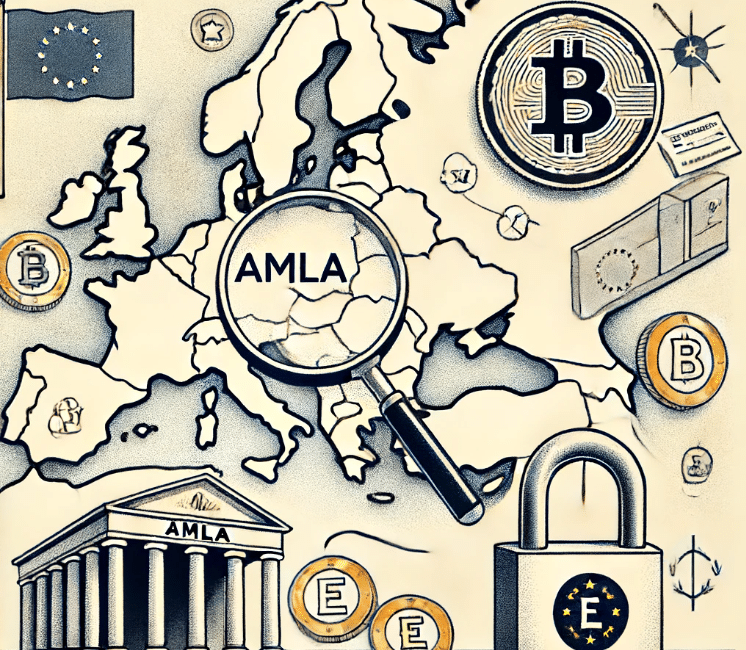A few days ago, we announced our series of “DEVLHON Consulting Decrypts” articles on the ACPR’s 2023 Annual Report.
Here is our second article in connection with the ACPR report, on the subject of the fight against money laundering and the financing of terrorism.
Anti-Money Laundering and Counter-Terrorism Financing: New Regulations and Perspectives
In 2023, significant advancements were made in the fight against money laundering and terrorist financing (AML-CTF) with the adoption of new regulations. The Prudential Control and Resolution Authority (ACPR) strengthened its supervisory framework and prepared the ground for harmonizing requirements at the European level under the aegis of the new European authority AMLA.
Strengthening the Regulatory Framework
The year 2023 was marked by the adoption of the anti-money laundering (AML) legislative and regulatory package aimed at harmonizing and strengthening AML-CTF requirements in Europe. This legislative framework provides for the creation of the European Anti-Money Laundering Authority (AMLA), responsible for directly supervising the most at-risk financial institutions at the European level. This new authority will enable more coherent and centralized supervision, thereby enhancing the effectiveness of anti-money laundering measures across the EU.
Supervision of Crypto-Assets
One of the major areas of this new regulation concerns crypto-assets. In 2023, the ACPR intensified its efforts to regulate crypto-asset service providers. The Transfer of Funds Regulation (TFR) imposes new requirements on crypto-asset service providers, obliging them to detect and stop criminal flows. This includes strict measures to ensure that crypto-asset transactions are transparent and traceable, thereby reducing the risk of these assets being used for money laundering and terrorist financing.
Supervision and Control Initiatives
The ACPR also undertook several supervisory initiatives in 2023. It updated its sectoral risk analysis for AML-CTF to incorporate market practice developments and new actors. Controls were intensified in the most sensitive sectors, such as fund transfers and crypto-assets, with 14 digital asset service providers (DASP) being inspected. Additionally, a thematic review on politically exposed persons (PEPs) was conducted to ensure that financial institutions comply with specific enhanced due diligence obligations for these clients.
Preparation for the Implementation of AMLA
In anticipation of the implementation of AMLA, ACPR teams are actively preparing. This new European entity, which will directly supervise the most at-risk financial institutions, represents a major shift in how AML-CTF is managed across Europe. The ACPR is participating in preparatory work to ensure a smooth and effective transition to this new supervisory framework.
Challenges and Perspectives
The implementation of these new regulations and supervisory structures represents a significant challenge for financial institutions. They must comply with stricter requirements and ensure increased transparency in their operations. Compliance costs can be high, especially for smaller institutions. However, these measures are essential to strengthen the fight against money laundering and terrorist financing, thereby ensuring the stability and security of the financial sector.
Conclusion
In conclusion, 2023 has been a pivotal year for the fight against money laundering and terrorist financing in Europe. The new regulations and the creation of AMLA mark a significant step towards harmonizing and strengthening AML-CTF measures at the European level. The ACPR plays a crucial role in this transition, preparing the ground for more effective and coherent supervision. In the long term, these efforts will help strengthen the financial sector, making it safer and more transparent.
These developments are detailed in the ACPR’s 2023 annual report, which highlights the ongoing efforts to strengthen AML-CTF mechanisms and ensure the security of the financial system.
(*) The most at-risk financial institutions at the European level include, for example, banks, payment companies, and fund managers.

 Français
Français













